Search Images
Browse Content (p. 770)
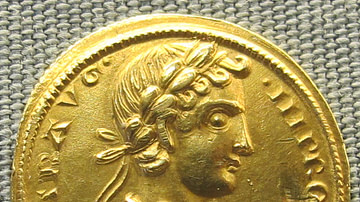
Image
Coin of Frederick II
Gold coin of Holy Roman Emperor Frederick II (l. 1194-1250).
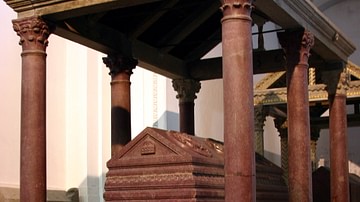
Image
Tomb of Holy Roman Emperor Frederick II
Tomb of Holy Roman Emperor Frederick II (l. 1194-1250 CE) in Palermo, Sicily.
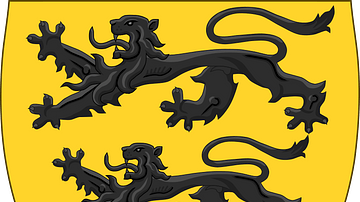
Image
Arms of the Hohenstaufen Dynasty
The coat of arms of the Hohenstaufen Dynasty of Swabia that ruled over the Holy Roman Empire from 1135 to 1268 CE.
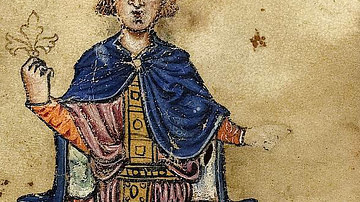
Image
Frederick II
Portrait of Frederick II (l. 1194-1250 CE) from the "Manfred manuscript" (Biblioteca Vaticana, Pal. lat 1071) of De arte venandi cum avibus, late 13th century CE.
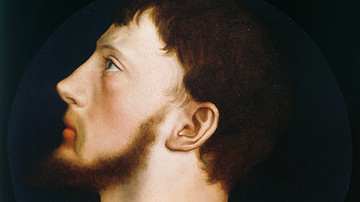
Image
Sir Thomas Wyatt the Younger
A portrait by Hans Holbein the Younger of Sir Thomas Wyatt the Younger (d. 1554 CE) who infamously led a failed rebellion against Mary I of England (r. 1553-1558 CE) in 1554 CE. (The Weiss Gallery, London)
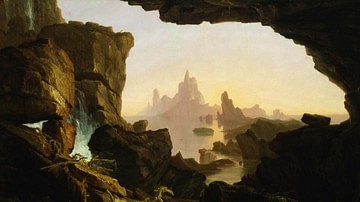
Image
The Subsiding of the Waters of the Deluge
Thomas Cole, The Subsiding of the Waters of the Deluge, 1829 CE, oil on canvas, Smithsonian American Art Museum, Gift of Mrs. Katie Dean in memory of Minnibel S. and James Wallace Dean and museum purchase through the Smithsonian Institution...
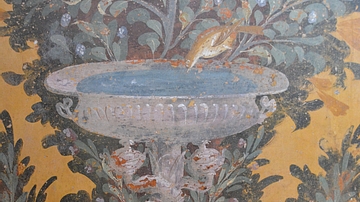
Image
Garden Fresco in the Oplontis Villa Poppaea
Second Pompeian Style painting on the walls surrounding the viridarium (small garden) of the Villa Poppaea at Oplontis (Italy).
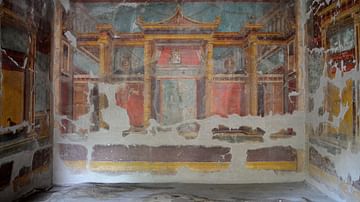
Image
Oecus with Second Pompeian Style Fresco, Oplontis Villa Poppaea
This Oecus (large room in a Roman house) in the Villa Poppaea at Oplontis (Italy) is decorated in the Second Pompeian Style with themes based around perspective views of theatrical backdrops (scaenae frons). 1st century BCE.

Image
Lepenski Vir Museum
The Museum of Lepenski Vir, an ancient settlement on the banks of the Danube in eastern Serbia; c. 9500/7200 – c. 5500 BCE.
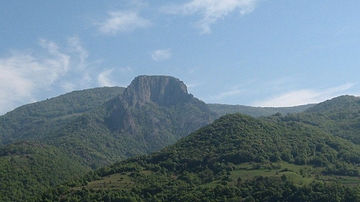
Image
Treskavac Mountain, River Danube
The Treskavac cliff on the left bank of the Danube (Romania) overlooking the prehistoric site of Lepenski Vir.